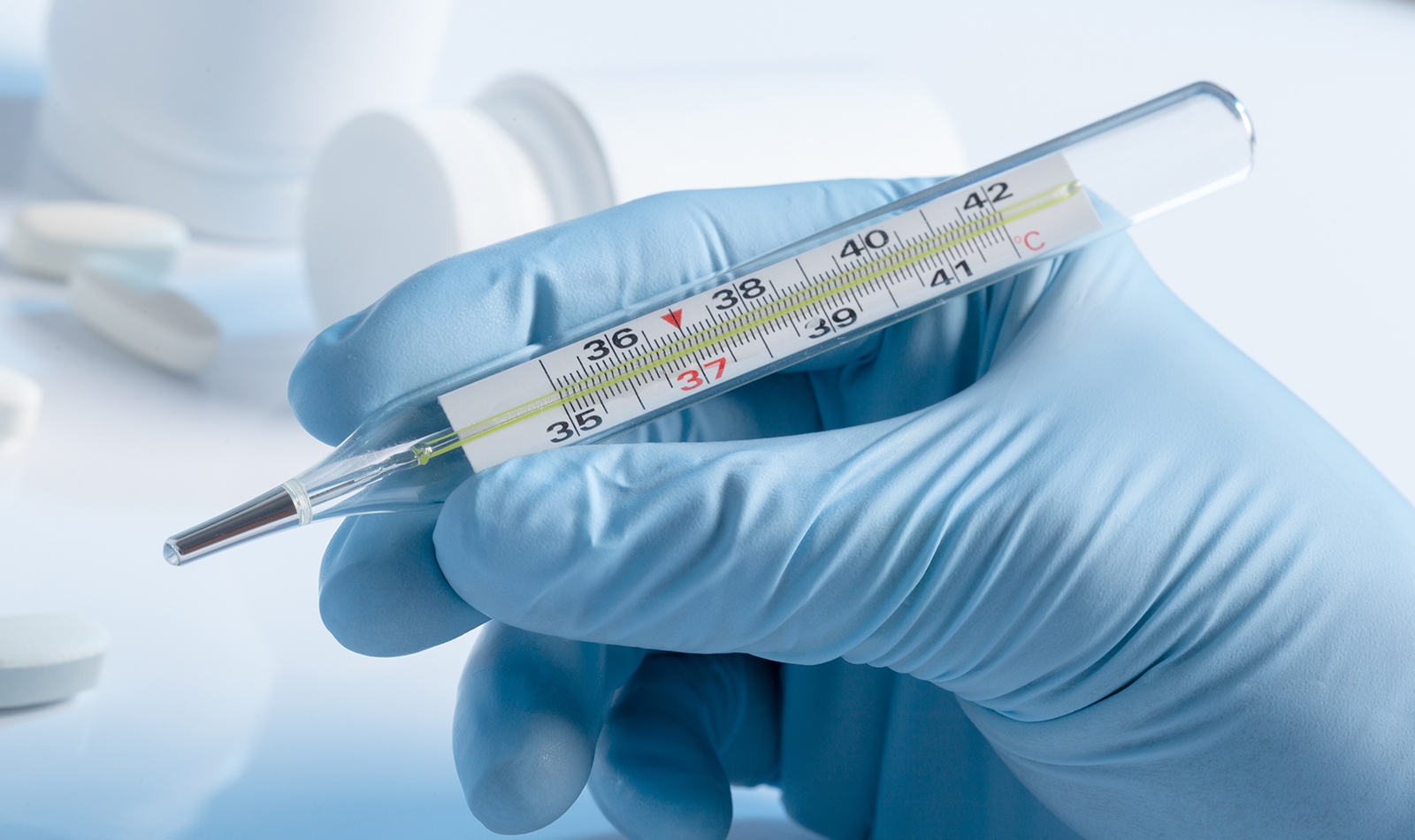Understanding Fever: A Guide to Normal Body Temperature, Infections, and Temperature Measurement in Children
Fever is the body's natural response to infections and other illnesses, often serving as a sign that the immune system is actively working to combat the invaders..
Fever is the body's natural response to infections and other illnesses, often serving as a sign that the immune system is actively working to combat the invaders. In this blog, we'll explore the basics of average body temperature, the role of fever in infections, and how to measure temperature in children.
Normal Body Temperature:
The average normal body temperature is 98.6 degrees Fahrenheit (37 degrees Celsius). However, it's essential to note that individual variations exist, and what is considered normal can range between 97 and 99 degrees Fahrenheit (36.1 to 37.2 degrees Celsius). Age, time of day,
and activity level can influence body temperature.
Fever and Infections:
Fever is often a symptom of infections, including bacterial or viral illnesses. When the body detects the presence of pathogens, it releases chemicals called pyrogens. Pyrogens signal the brain to raise the body's temperature, creating an environment less hospitable for the invading
microorganisms. This elevated temperature stimulates the immune system, helping it work more efficiently to combat the infection.
Understanding the significance of fever in the context of infections is crucial. While fever is generally not harmful, monitoring its duration and severity is essential. Prolonged or excessively high fevers may warrant medical attention, as they can sometimes indicate a more serious underlying condition.
Measuring Temperature in Children:
Accurate temperature measurement is crucial, especially in children who cannot express their discomfort verbally. Here are standard methods for measuring temperature in children:
1. Oral Thermometers: These are suitable for older children who can hold the thermometer under their tongue. Ensure they haven't eaten or drunk anything recently, which can affect the reading.
2. Rectal Thermometers: While this method provides the most accurate reading, it may not be comfortable for the child. Use a lubricant and follow proper hygiene practices.
3. Ear (Tympanic) Thermometers: These are quick and easy to use, but proper placement is crucial for accurate readings. Follow the manufacturer's instructions carefully.
4. Forehead (Temporal Artery) Thermometers: These non-invasive thermometers are swiped across the forehead and are suitable for children of all ages. Ensure proper technique for accurate results.
When to Seek Medical Attention:
While fever is often a normal response to infections, certain situations warrant medical attention, especially in children. Consult a healthcare professional if:
● The rectal temperature of a child younger than three months is considered high if it
reaches 100.4 degrees Fahrenheit (38 degrees Celsius) or above.
● The fever persists for more than a few days.
● The child shows signs of dehydration, lethargy, or difficulty breathing.
Conclusion:
Parents and caregivers must understand fever, average body temperature, and proper temperature measurement techniques. While fever is a typical response to infections, monitoring its duration and severity, along with seeking medical attention when necessary,
ensures the well-being of children and promotes a quick recovery from illnesses. It is always advisable to seek personalized advice and guidance from a healthcare professional. Please consult with them for any medical concerns you may have.
 Recent Blogs
Recent Blogs

